Amplifiers (1962-74)

Marketed as a 12-watt amplifier, the Z12 actually delivered just 3—but its low price still appealed to budget-conscious music lovers. It replaced the earlier X-10 audio amplifier and was assembled in a converted chapel in Thetford, England, as part of a 1960s effort to boost jobs in regional areas. Despite early reliability issues, the Z12 became part of Sinclair’s first full hi-fi system and was sold alongside the Stereo 25 preamp and PZ3 and PZ5 power supplies. It reflected Clive Sinclair’s early ambitions, even when bold claims sometimes outpaced performance.
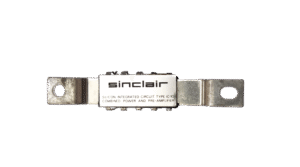
This compact audio amplifier was one of the first integrated circuits sold to the public. Designed by Sinclair Radionics and manufactured by Plessey—a major British electronics firm—the IC-10 claimed to deliver 3 RMS watts of power. Its launch was marred by production delays, and as a goodwill gesture, customers received a free IC4 chip while they waited. Though performance fell short of expectations, the IC10 marked Clive Sinclair’s early steps toward making advanced electronics affordable and widely available.
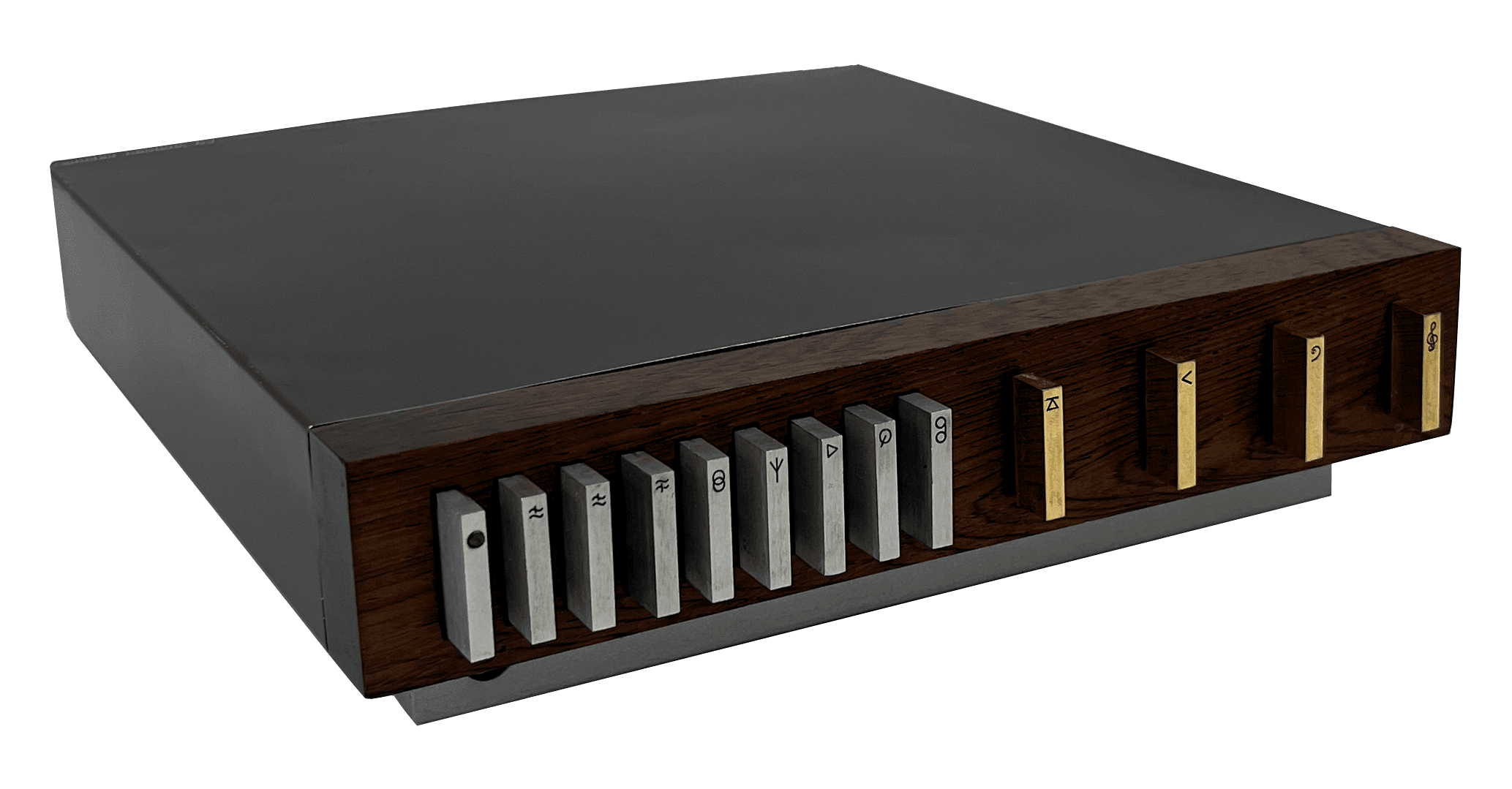
This slim, stylish amplifier was a bold departure from the bulky hi-fi equipment of the 1960s. Marketed as the smallest high-fidelity integrated amplifier of its time, it combined the two key parts of an amplifier—sound controls (pre-amp) and speaker power (power amp)—into one compact unit. Designed by Clive Sinclair’s brother Iain, it featured a rosewood control panel, aluminum push buttons and rotary controls in a distinctive gold-tone finish. The Neoteric 60 also appeared in A Clockwork Orange, a cult sci-fi film known for its futuristic aesthetic.
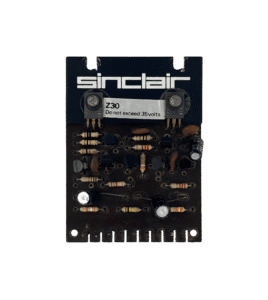
Designed as a smaller, more advanced successor to the Z12, the Z30 was intended to offer greater power and lower distortion in a compact form. It was sold as a standalone module or—more often—paired with a second unit for stereo use within Sinclair’s modular Project 60 system. Advertised as delivering 15 watts per channel, it used silicon transistors to reduce background noise and supported a wide voltage range.
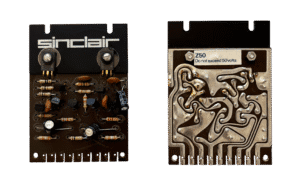
Introduced as a more powerful partner to the Z30, the Z50 extended the Project 60 modular hi-fi system. Rated at 40 watts continuous, it could drive lower-impedance speakers for greater volume and required a PZ8 stabilised power supply for full output. A single unit could be used for mono sound, but enthusiasts often paired two for stereo setups. Similar in design to the Z30, the Z50 expanded the range rather than replacing it, offering users a louder option within the system.
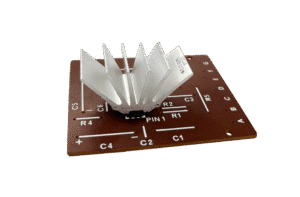
This tiny yet powerful amplifier formed part of Sinclair’s Project 60 range, which aimed to bring high-fidelity sound to compact, affordable devices. Launched in 1971 to replace the earlier IC-10, it was advertised as delivering 6 watts of power—remarkable for a unit barely larger than a coin, as shown in Sinclair’s own publicity. Its oversized heat sink earned it the nickname “the hedgehog.” The Super IC 12 reflected Sinclair’s ongoing pursuit of miniaturised technology—an approach that later shaped his work in personal computing.
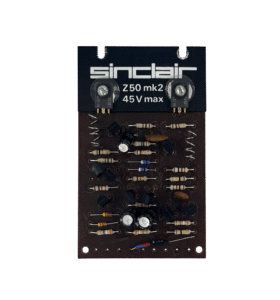
This stereo amplifier was built to fix the overambitious promises of its predecessor. The original Z50, introduced in 1970, was marketed as a 50-watt unit, but often failed at loads above 37-40 watts. The Mk 2 responded with a full internal redesign, including revised circuitry, safer component layout, and an improved power-on surge system. Operating at 45 volts, it added much-needed stability to Sinclair’s modular Project 60 hi-fi range, offering a more reliable performance to home audio enthusiasts.

This compact audio module was part of Sinclair’s modular Project 80 system, designed for hobbyists and custom home audio setups. Intended to power speakers when paired with a separate preamplifier—which handled input selection and volume control—the Z40 offered short-circuit and overload protection, important features for users assembling their own systems. Marketed as a more modest alternative to the higher-powered Z60, it reflected the company’s flexible approach to mixing-and-matching hi-fi components that users could tailor to their needs.
